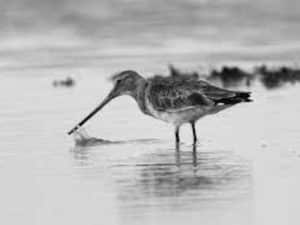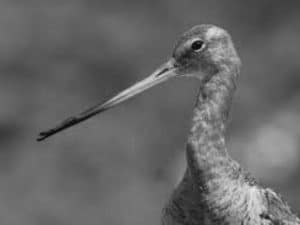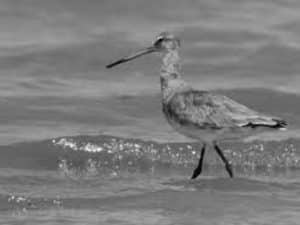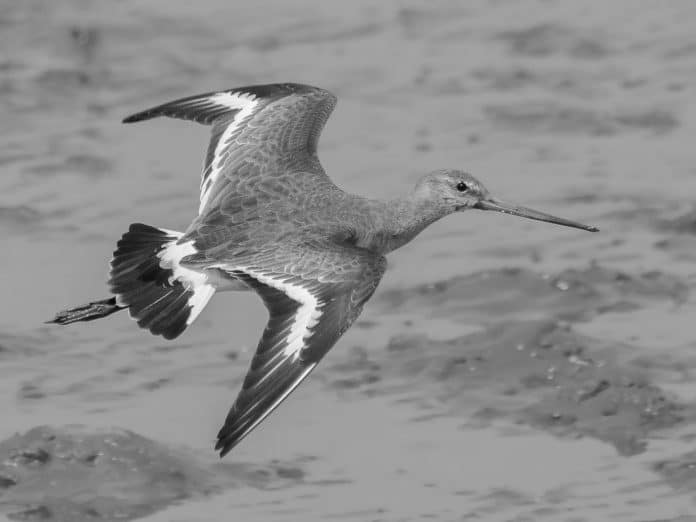Introduction to the Black-Tailed Godwit
The black-tailed godwit in Tanzania (Limosa limosa) is a remarkable migratory bird species that captures the imagination of bird enthusiasts around the world. With its striking appearance and impressive migratory patterns, the black-tailed godwit is a species that holds a special place in the hearts of many. In this article, we will explore the fascinating journey of black-tailed godwits from their breeding grounds to Tanzania, and the challenges they face along the way.
Habitat and Migration Patterns of Black-Tailed Godwits
Black-tailed godwits are found in a wide range of habitats, including wetlands, marshes, and coastal areas. They breed in the northern parts of Europe and Asia, such as Iceland, the Netherlands, and Russia. During the breeding season, they display beautiful plumage, with males sporting a vibrant chestnut color and females exhibiting a more subdued grayish-brown hue.
The Significance of Tanzania for Black-Tailed Godwits

Tanzania plays a crucial role in the lives of black-tailed godwits, as it serves as an important stopover site during their long-distance migration. Thousands of black-tailed godwits travel from their breeding grounds to Tanzania each year, making use of the vast wetlands and coastal areas that provide them with the necessary resources to rest and refuel for their onward journey.
The Incredible Journey of Black-Tailed Godwits: From Breeding Grounds to Tanzania
The migration of black-tailed godwits is a true marvel of nature. After spending the breeding season in their northern habitats, these birds embark on an epic journey that can span thousands of kilometers. They navigate through various landscapes and face numerous challenges along the way, including adverse weather conditions, predation, and habitat loss.
Challenges Faced by Black-Tailed Godwits During Migration
Migration is a perilous undertaking for black-tailed godwits, as they must overcome a multitude of obstacles to reach their destination. One of the main challenges they face is the loss of suitable stopover sites along their migration route. Wetland destruction and habitat degradation threaten the availability of crucial resting and feeding areas, making their journey even more difficult.
Conservation Efforts for Black-Tailed Godwits in Tanzania
Recognizing the importance of Tanzania as a vital habitat for black-tailed godwits, conservation organizations and local communities have come together to protect these magnificent birds. Efforts have been made to conserve and restore wetland areas, ensuring the availability of suitable habitats for black-tailed godwits and other migratory species. These conservation initiatives play a crucial role in safeguarding the future of these birds.
Research and Tracking of Black-Tailed Godwits in Tanzania

To gain a better understanding of the migration patterns and behavior of black-tailed godwits, researchers have employed various tracking methods. Satellite telemetry and geolocator devices have been used to track the movements of individual birds, providing valuable insights into their migration routes and stopover sites. This research contributes to our knowledge of the species and helps inform conservation efforts.
Interesting Facts About Black-Tailed Godwits in Tanzania
Did you know that black-tailed godwits are one of the longest-living bird species? They can live up to 30 years in the wild, a remarkable feat considering the challenges they face during migration. Another fascinating fact is that black-tailed godwits display strong site fidelity, often returning to the same breeding and wintering areas year after year. These facts highlight the unique characteristics of these birds and their special connection to Tanzania.
Black-Tailed Godwits and Their Role in the Ecosystem

Black-tailed godwits play a crucial role in the ecosystem, particularly in wetland areas. As they forage for food, they stir up the sediment, promoting nutrient cycling and creating favorable conditions for other organisms. Additionally, their presence in wetlands contributes to biodiversity and helps maintain the delicate balance of these fragile habitats.
Conclusion: Appreciating the Beauty and Importance of Black-Tailed Godwits in Tanzania
The black-tailed godwit’s journey from breeding grounds to Tanzania is a testament to the resilience and adaptability of migratory birds. Their dependence on Tanzania’s wetlands underscores the significance of this country as a critical stopover site. By understanding the challenges faced by black-tailed godwits and supporting conservation efforts, we can ensure the survival of these magnificent birds and continue to marvel at their incredible journey.

































